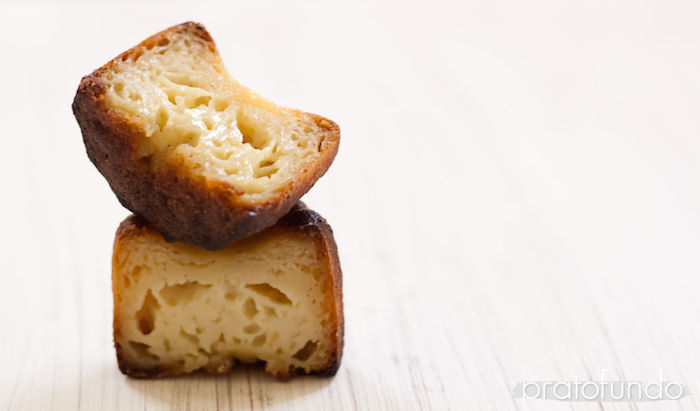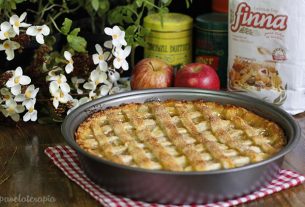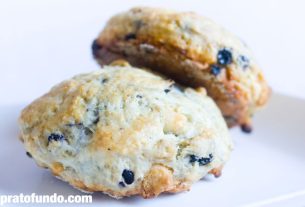I don’t remember exactly when I met them fluted. French and traditional confectionery? Oops, it’s for me. I just know that I liked it and wanted to try it. Fluted is french pastry and as the name indicates a specialty from the region of Bordeaux in France.
Define, in Portuguese, what is fluted It’s a bit difficult. It is not 100% a cupcake, nor a cream. It is the combination of the two. The exterior is dark, a very caramelized shell with a soft, custardy interior.
From the name and appearance it seems to be something very sophisticated, but in essence it is simple. There are only a few points that are crucial for execution almost perfect.
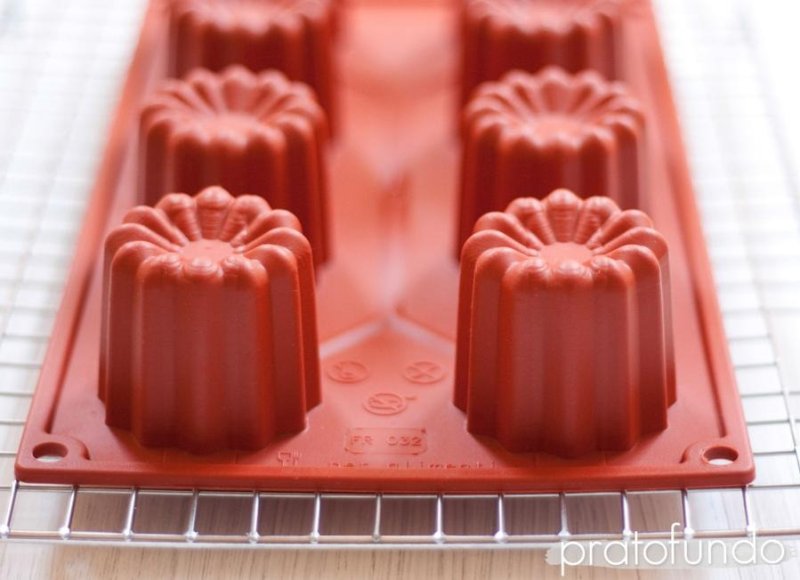
One of them is the use of very specific molds and traquitanas. With cannelé it would be no different.
The ideal mold is made of metal, more precisely, copper. Even in the foreign lands of Amazon, each one costs, on average, $25 dollars. That’s right, each one. Even by foreign standards it is expensive. Well, the cheapest alternative is silicone.
I’m also not a big fan of silicone molded baking pans. Apart from the savior of the country that is silpat, heat transmission is different. There’s no denying that.
The recipe I tested was practically based on study made by Pim. She tested various baking and preparation methods, as well as molds. Including silicone resulting in a separate article: How to make (almost) perfect canelés using silicone molds. Look, tips and precious information.
The recipe brings another challenge: tinkering with beeswax. Until then, I had not worked with this product/ingredient. And I didn’t even know it was relatively expensive, it costs R$50/kg. I found honey products in pieces at home.
Handling hot wax is easy, but when it starts to dry/harden again… it sticks to everything. Everything, even in the silicone mold. To achieve a relatively thin layer, I redid the work twice. It helps a lot if the mold is warm, so the wax doesn’t harden so quickly.
Like it, I even liked it. However, due to all the expectations and time invested, I expected more. You know that feeling, it’s delicious and all, but… Of course, who knows, maybe the cannelé made in the metal mold will turn out as I imagined. It’s a possibility.
To be honest, what was disappointing was the lack of the crunchy crust that is highlighted in every text about cannelé. Did you have a cone? Yes, but not as crispy as desired.
The flavor was as expected, vanilla with a slight touch of rum (which could be stronger, heheheh). If you’ve ever eaten a base made with vanilla bean, this is what awaits you. Which, let’s face it, isn’t bad at all, huh! The texture is custardy-puddingfor lack of an adjective, it is consistent, creamy, but not firm.
It should be consumed on the same day, within 2-3 hours of being ready. And at room temperature to cold. When hot, it feels a little weird because of the wax that will stick to the tooth.
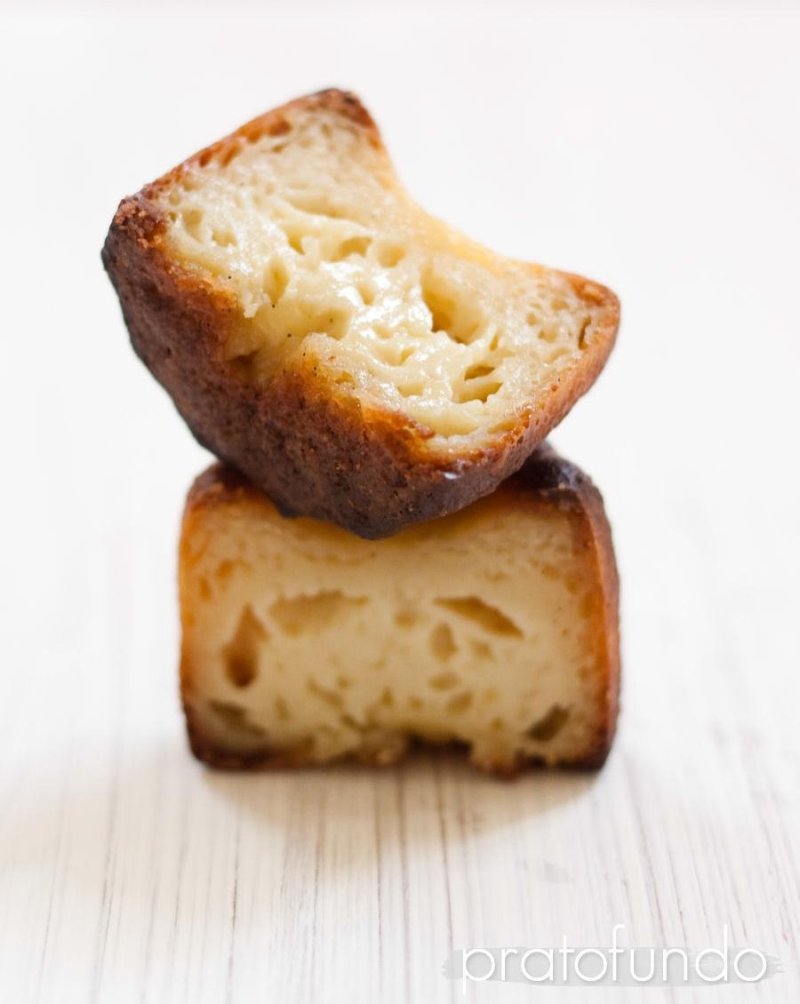
Cannelés Bordeaux
Makes: 10 units
Ingredients: DOUGH
- 500 mL leite integral
- 1 vanilla bean
- 50 g butter without salt
- 100 g wheat flour
- 250 g powdered sugar
- 6 g refined salt
- 2 eggs
- 2 excited
- 60 mL dark rum
Ingredients: FORM
- 40 g beeswax
- 40 g butter without salt
1 cup: 250mL | 1 tablespoon: 15mL.
Mode: MASS
- In a pan, heat the milk, the vanilla bean (cut lengthwise and with the seeds mixed in the milk) and the butter over medium heat. Let it boil (around 85ºC), then turn it off. Reserve
- In a bowl, combine the wheat flour, icing sugar and salt.
- Lightly mix the eggs and yolk. Add to the dry ingredients, mixing with a whisk to avoid the formation of lumps.
- Remove the vanilla bean, then add the milk (it must be at 50ºC) to the mixture, stirring just enough to incorporate. Sift the dough.
- Return the vanilla bean to the dough and add the rum, mix lightly. Cover/cap and refrigerate for 48 hours. Yes, 48 hours.
Mode: FORM
- Combine the butter and beeswax in a pan. Cook over low heat until completely melted.
- Using a brush, cover the inside of the cannelé molds with a thin layer. It makes it easier to quickly heat the pan in the oven before using to achieve a more uniform layer.
Mode: BAKE
- Preheat the oven to 250ºC.
- Distribute the chilled dough into the cavities of the prepared molds, leaving about 1-1.5cm unfilled.
- As the silicone mold is malleable, I used a grid as a support. I suggest you use it even if the pan is made of metal. Place in the oven, then lower the temperature to 220ºC and bake for 15 minutes. Then decrease to 190ºC and continue for 35-40 minutes.
- To check if it’s ready, take it out of the oven and test one. The very golden-caramel coloring is the tip. Remove from the oven and molds, wait to cool before consuming. Ideal to be consumed within 2 hours of being ready.
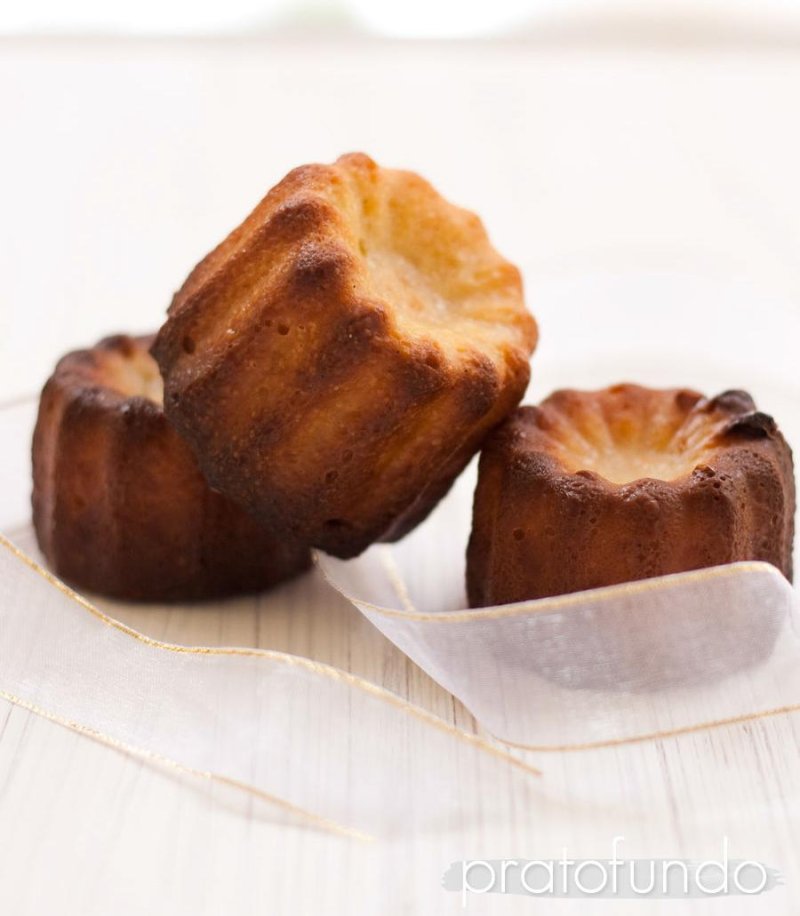

Sign up for our newsletter and stay up to date with exclusive news
that can transform your routine!
Warning: Undefined array key "title" in /home/storelat/public_html/wp-content/plugins/link-whisper-premium/templates/frontend/related-posts.php on line 12
Warning: Undefined array key "title_tag" in /home/storelat/public_html/wp-content/plugins/link-whisper-premium/templates/frontend/related-posts.php on line 13

